Fort McMurray residents, all 70,000 of them, were ordered to evacuate Tuesday due to a raging wildfire threatening the northeastern Alberta community.

But to many on Tuesday morning, it appeared the fires had died down from Monday night. Fire officials, however, warned it was largely an illusion due to an inversion.
READ MORE: Fort McMurray wildfire: Flames erupt along Highway 63 during live Global News broadcast
“We wake up this morning and we don’t see anything. And people think it’s fine and it’s all gone away… Don’t get into a false sense of security,”
warned Regional Fire Chief of Wood Buffalo Darby Allen.
“We’re in for a rough day. It will wake up and it will come back.”
A few hours later, what Fort McMurray-area residents saw when they peered out the window quickly changed. The inversion had broken, allowing the smoke trapped close to the ground to rise, revealing a resurgent fire.
An inversion explained
Generally, nights and mornings are cool, along with the surface of the earth. And often, warmer air is sitting on top of that cooler air that’s close to the ground, acting much like a lid.
“As you go up in the atmosphere from the surface, temperatures usually decrease with height,” says Mike Flannigan, University of Alberta professor and wildfire expert.
“But at times temperatures increase with height above ground, and that’s called an inversion because it’s inverted from the normal position of it being cooler as you go higher.”
This is common; and as the day heats up the surface of the earth warms and the inversion disappears.
“When we do have inversions, smoke or pollution gets trapped.”
A recent heat wave has brought scorching temperatures to the region, with thermostats reaching a high of 32 C Tuesday.
READ MORE: Fort McMurray wildfire: a closer look at the community under fire threat
Inversions also keep strong winds from reaching to the earth’s surface, but once it breaks the gusty winds sweep through.
“Once the inversion breaks down then you get these stronger winds from above the earth’s surface coming down to the earth’s surface, coming down to the head of the fire,” Flannigan says.
“So the winds pick up in speed and can be gusty, and that helps the fire grow.”
Inversions happen almost every day, especially where there is a high-pressure system. When there’s rain or wind they are less common.
“In spring in Alberta, just about every day there will be an inversion. That’s fairly normal.”
The hot weather is expected to stick around in Alberta.
Global News meteorologist Anthony Farnell says the conditions in Fort McMurray have contributed to the raging fire. He says humidity dropped to just 15 per cent by late afternoon as temperatures soared to a record-breaking highs.
READ MORE: Fort McMurray wildfire: Residents take to social media as situation intensifies
“Firefighters use this 30-30-30 rule. It involves temperature, humidity and wind speed. When they’re all around 30, it’s bad news,” Farnell says. “That is what we have seen throughout the day today.”
The forecast may only worsen Wednesday, with no rain in sight, even stronger winds and temperatures predicted to remain above 30 C.
“This is going to be a rough 48 hours coming up,” Farnell says.
-With files from Nick Logan
- Ont. First Nation calls for chemical plant to be shut down amid ‘dangerously high’ benzene levels
- Ottawa looks to launch national flood insurance program within 12 months
- Nova Scotia scraps spring bear hunt idea, public ‘very divided’ on issue
- Alberta, coal lobbyists talked for years about more open-pit mining in the Rockies: documents



















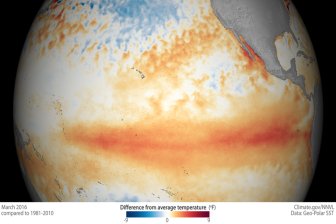





























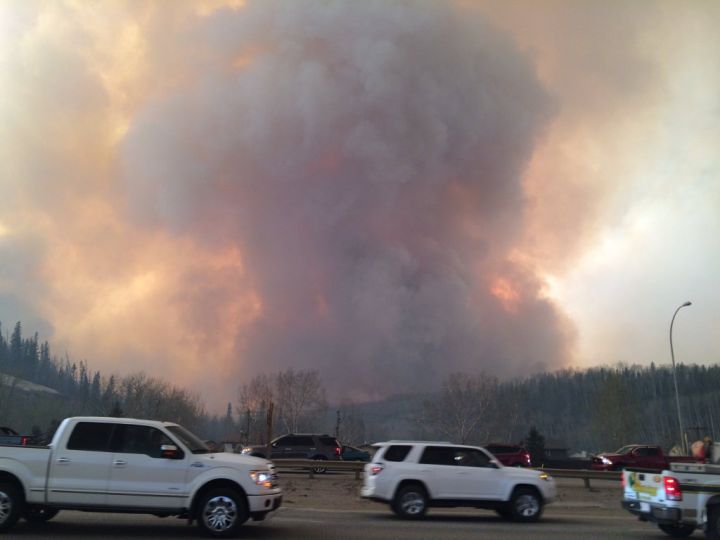









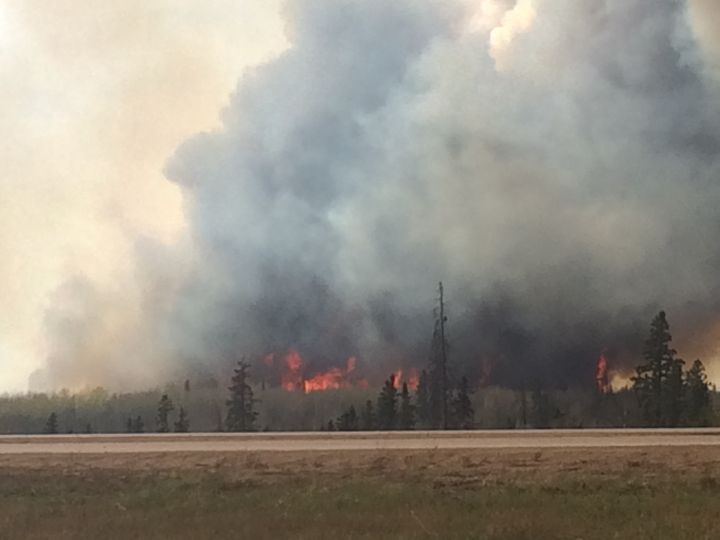

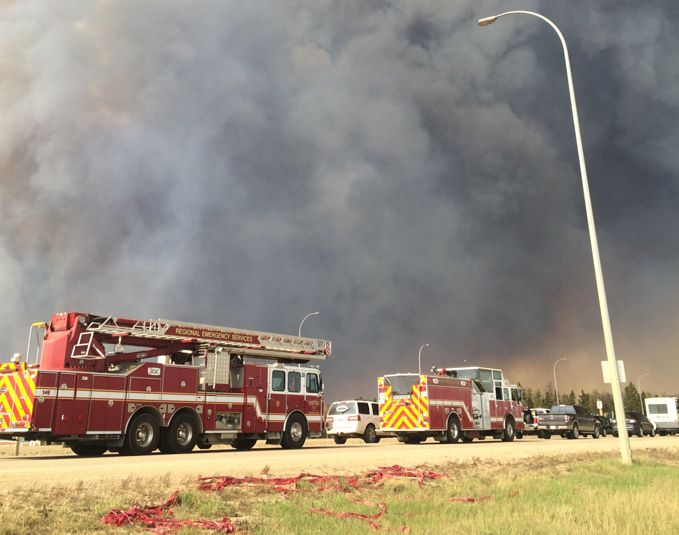

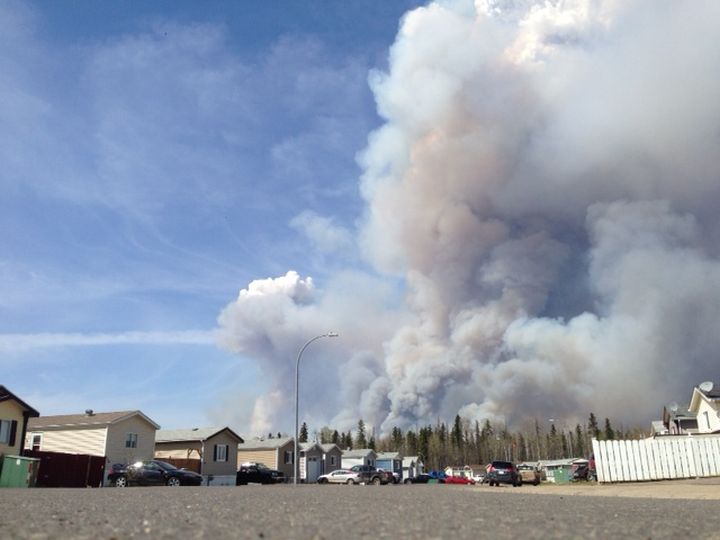

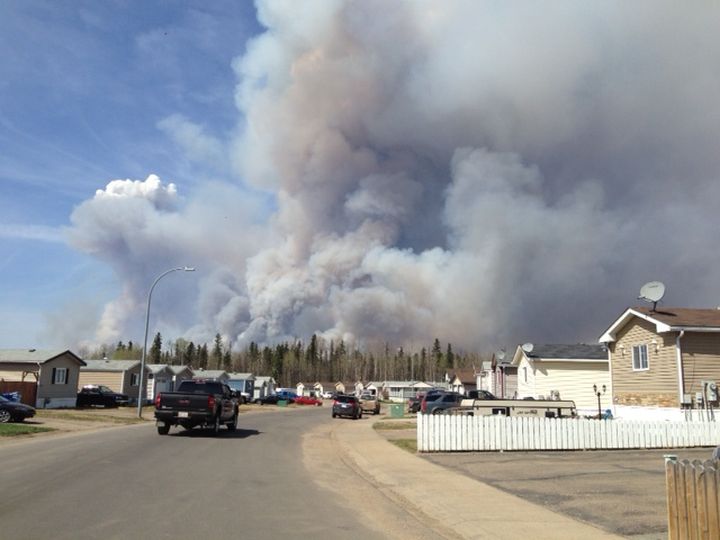
Comments